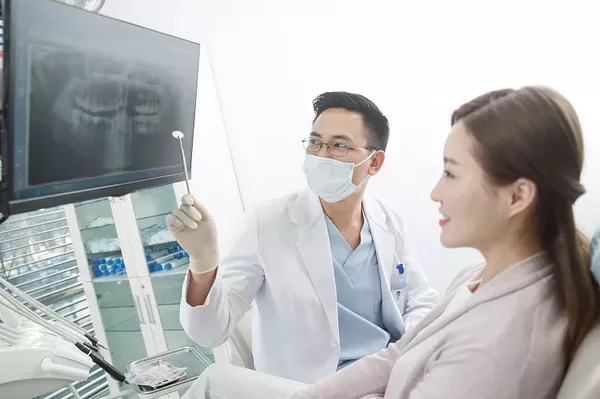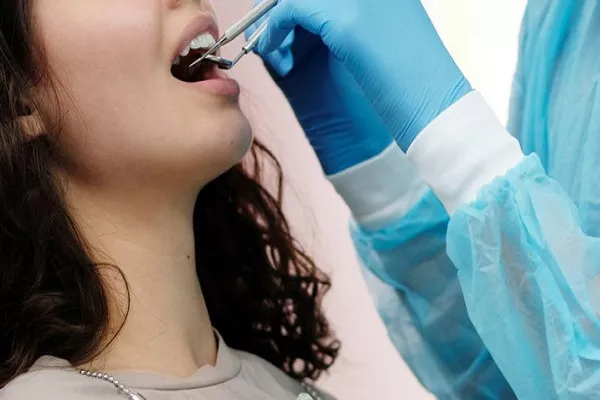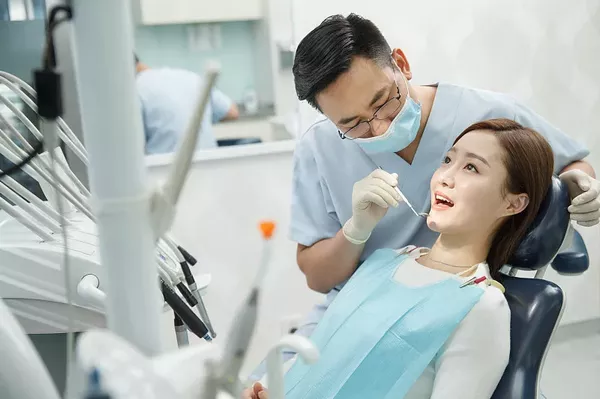In the dynamic field of orthodontics, the term “removable appliance” has gained significant attention for its role in transforming smiles and enhancing dental health. As we delve into the intricate world of orthodontic treatment, it becomes imperative to understand the nuances and benefits of these removable appliances. In this comprehensive guide, we will explore the various facets of removable appliances, shedding light on their types, advantages, maintenance, and the pivotal role they play in achieving optimal teeth alignment.
Understanding Removable Appliances in Orthodontics
Removable appliances in orthodontics refer to custom-made dental devices that patients can take out and put back in their mouths. These appliances are designed to address a myriad of orthodontic issues, ranging from mild misalignments to more complex cases. They serve as a versatile tool in the hands of orthodontic professionals, allowing for targeted adjustments and personalized treatment plans.
Types of Removable Appliances:
Aligners: These transparent, custom-fitted trays gradually shift teeth into their desired positions. Popular brands like Invisalign have revolutionized orthodontic treatment by offering a discreet and convenient alternative to traditional braces.
Retainers: Often prescribed after the removal of braces, retainers help maintain the achieved teeth alignment. They come in various forms, including Hawley retainers and clear retainers, providing flexibility in post-treatment care.
Advantages of Removable Appliances:
Improved Oral Hygiene: The ability to remove these appliances facilitates thorough brushing and flossing, reducing the risk of plaque buildup and gum disease during orthodontic treatment.
Enhanced Comfort: Unlike fixed braces, removable appliances offer a more comfortable experience for patients. There are no wires or brackets causing irritation, making them particularly appealing to individuals with active lifestyles.
The Role of Removable Appliances in Dental Health
Beyond their cosmetic benefits, removable appliances play a crucial role in promoting overall dental health. The alignment of teeth contributes significantly to oral well-being, and these appliances serve as instrumental tools in achieving and maintaining it.
Teeth Alignment and Its Impact:
Improved Chewing Function: Properly aligned teeth ensure an even distribution of pressure during chewing, preventing undue stress on specific teeth and reducing the risk of wear and tear.
Speech Enhancement: Correcting misalignments can positively impact speech patterns, addressing issues such as lisps or difficulty pronouncing certain sounds.
Preventing Long-Term Issues:
TMJ Disorders: Misaligned teeth can contribute to temporomandibular joint (TMJ) disorders, leading to jaw pain and discomfort. Removable appliances, by aligning teeth, can alleviate strain on the jaw joint.
Maintaining and Caring for Removable Appliances
Proper maintenance is paramount to ensure the effectiveness of removable appliances throughout the orthodontic journey. Educating patients on the correct care practices is essential for maximizing the benefits of these appliances.
Cleaning and Hygiene:
Regular Cleaning Routine: Patients should be advised to clean their removable appliances daily using a toothbrush and mild soap. This prevents the accumulation of bacteria and maintains overall oral hygiene.
Avoiding Staining Agents: Removable appliances are susceptible to staining. Patients should be cautious about consuming staining agents like coffee, tea, or tobacco while wearing them.
Storage and Handling:
Designated Storage Case: Encouraging patients to use a designated storage case when the appliance is not in use prevents damage or loss. This practice also promotes hygiene by protecting the appliance from external contaminants.
The Evolving Landscape of Orthodontic Treatment
With advancements in technology and patient-centric approaches, the landscape of orthodontic treatment is continually evolving. Removable appliances, in particular, are witnessing innovations that enhance both their efficiency and patient experience.
Digital Orthodontics:
3D Printing Technology: The integration of 3D printing technology allows for the precise and rapid manufacturing of removable appliances, ensuring a tailored fit for each patient.
Teleorthodontics: Remote monitoring of orthodontic progress through teleorthodontics is becoming more prevalent, providing convenience for both patients and practitioners.
Customization for Individual Needs:
Personalized Treatment Plans: Orthodontic professionals now have the capability to design highly individualized treatment plans, optimizing the use of removable appliances for specific orthodontic issues.
In conclusion, removable appliances in orthodontics represent a dynamic and patient-friendly approach to achieving optimal dental health and a confident smile. Understanding their types, advantages, maintenance, and the evolving landscape of orthodontic treatment empowers both practitioners and patients to embark on a journey towards straighter teeth and improved oral well-being. As technology continues to shape the field, the future holds exciting possibilities for the seamless integration of removable appliances into comprehensive orthodontic care.
Related Links:
What is the cause of gum disease?
What kind of wisdom teeth can heal themselves?
Do Wisdom Teeth Need Surgery?






























